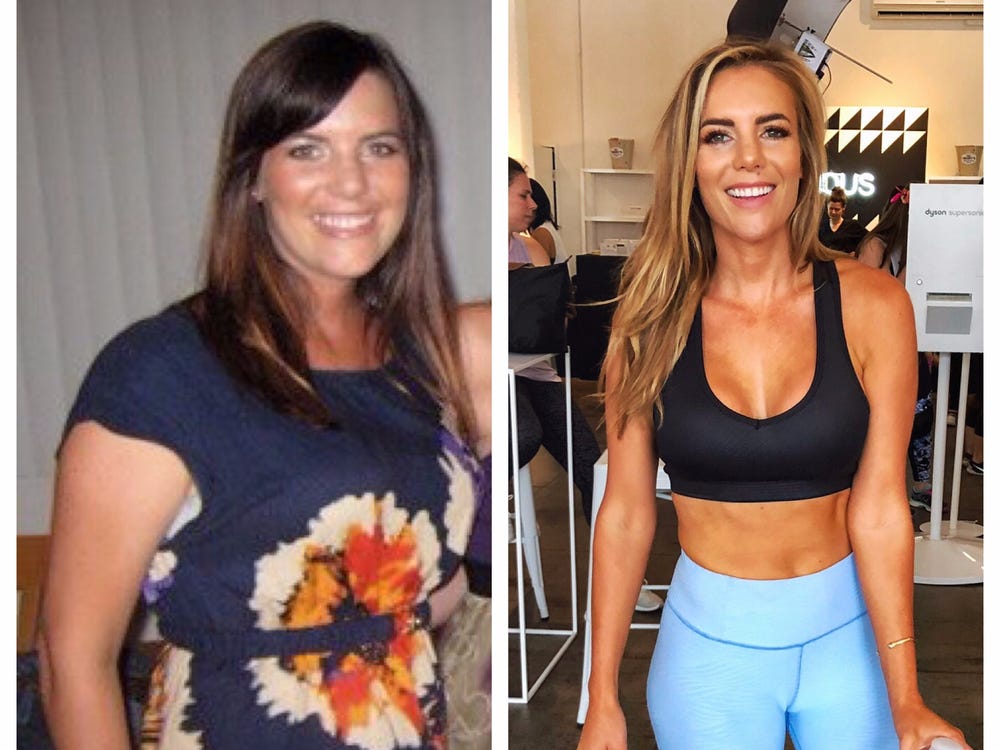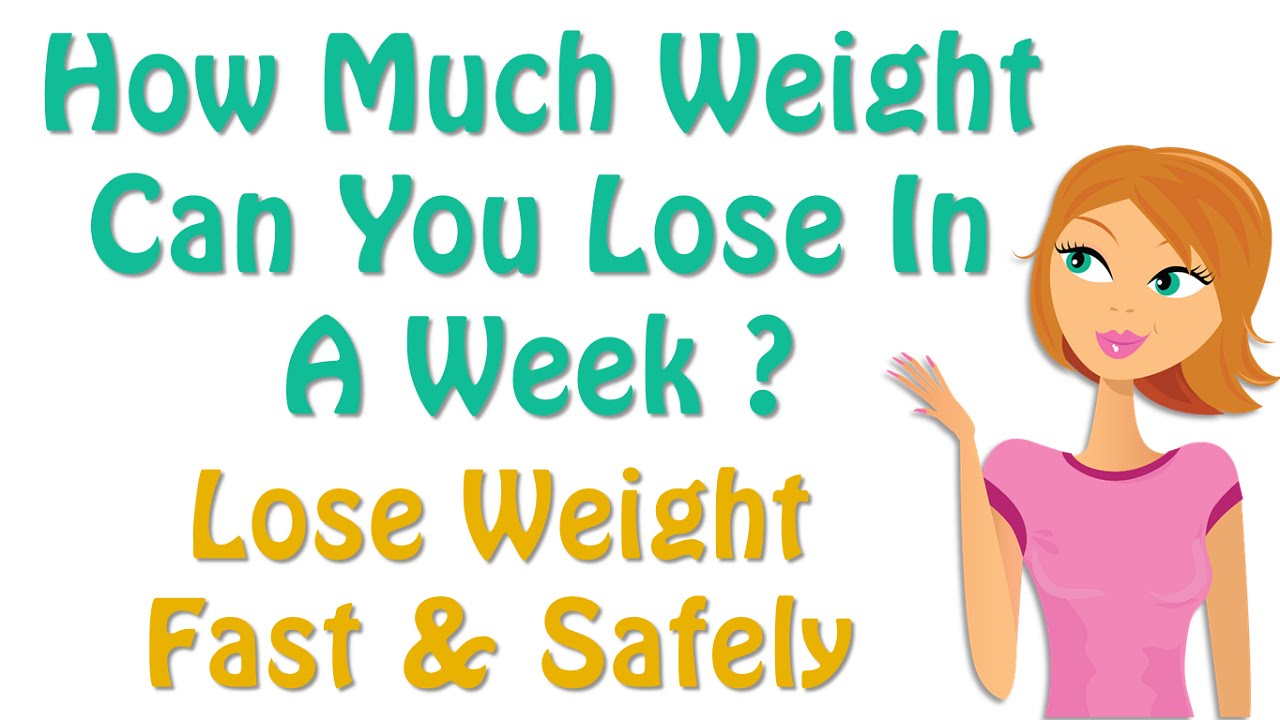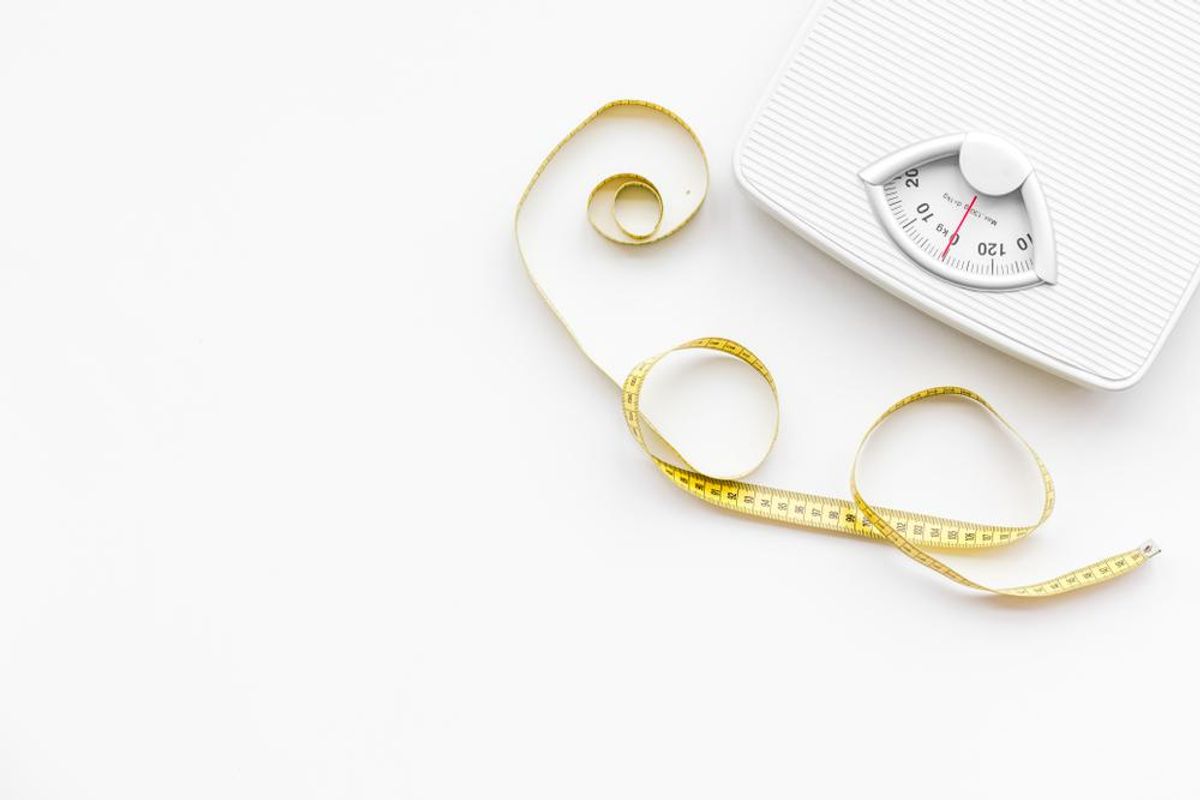
Are you wondering how to lose body weight? Many people want to slim down quickly without the need for a gym membership. In this article, we'll discuss three easy ways to lose weight while still enjoying the health benefits of a low-calorie diet and regular exercise. We'll also discuss the importance and benefits of whole grain and protein intake. Moreover, we'll examine the importance of HIIT workouts.
HIIT Training
HIIT exercises can help to reduce body fat. High intensity workouts are important, but they don’t have to be costly. These tips will help you get maximum results from your HIIT exercises. Firstly, you should warm up properly. You may feel like you are stretching but this is not a good warmup. Effective warm-ups are better for mobilizing your joints and getting the blood flowing. You should also consider your fitness level. High-impact HIIT activities may not be appropriate for you if you have poor movement patterns or if you have any injuries. You can also choose a low impact activity if your fitness level isn't clear.
Whole grain diet
There is a lot of misinformation about whole grains. How can you tell which ones are healthy? Whole grains must have all three parts in order to be considered healthy. The fiber is crucial for maintaining a healthy and balanced body weight. The second is the protein. It should be in sufficient amounts. Whole grains are a great way to lose weight. Look out for rye, barley, or oats.

Exercise
Aerobic exercise is a great way to lose body fat. Aerobic exercise is good for circulation and fat loss. The body adjusts to changes in oxygen delivery, fatty acid movement and other factors during aerobic exercise. This makes fat more readily available for fuel. But what exactly is aerobic exercise? How can you lose body weight with aerobic exercise? Read on for some answers. Below are some benefits to aerobic exercise.
Protein-rich diet
The benefits of a high-protein diet to lose body fat include a decrease in calories and a decrease in body fat. In general, the acceptable macronutrient distribution for an adult is 45-65% from carbohydrates, 20-35% from fat, and 10% from protein. A healthy individual should consume between 46 and 56 grams of protein each day or 0.8g for every kilogram of bodyweight. A high-protein diet may contain up to fifteen percent to sixteen percent of an individual's total energy intake.
Calorie deficit
The most basic explanation for how to lose body fat by calorie deficit is that you need to burn more calories than you consume. A calorie deficit can be achieved by eating fewer calories per day than you burn. To create a deficit in calories, you will need to decrease your daily calorie intake of approximately 500 calories. A 500-calorie deficit per days is enough for most people. But, it can be hard to maintain this amount. A calorie calculator can help you figure out how much food your body needs.
Mindful eating
Being mindful of your eating habits will help you differentiate between hunger and fullness. We all experience a moment when a food we've just eaten doesn't taste as good anymore. We tend to eat more in order to relive the flavor and crave more food. Slow down and enjoy every bite. Mindful eating promotes regular eating, so you should aim to eat every four to five hours.

Counting macros
Counting macros can help you track calories and nutrients. The best macros will make you feel fuller and more satisfied during weight loss. They will also help you retain more muscle, increase your energy, and allow for more exercise. Using the macronutrient ratio as a guide will allow you to adjust your diet as needed. You need to make sure that you're meeting your target amounts.
FAQ
What length of Intermittent Fasting should I be doing to lose weight?
The answer is not as simple as you might think. There are many factors that need to be taken into consideration when deciding how many days of fasting is necessary for optimal fat loss. These are:
-
Your age. Intermittent fasting can be difficult for young people (under 40). This is because they have less time to recover after each fast. Alternately, if your age is over 60, intermittent fasting might prove too challenging because you may not have enough energy to last for extended periods of time.
-
Your current body composition. Your current body composition. If you have a lot more muscle mass than you need, then you will likely be more successful with longer fasting periods. If you don't have a lot of muscle mass, shorter fasting periods may be more suitable.
-
How physically active. If you exercise regularly, you may need to extend your fasting window to ensure that you still get adequate rest between workouts.
-
Your health history. People with heart disease, diabetes, and cancer may require extra fasting monitoring.
-
How can you manage stress? Stressful situations can make us eat more. You might need to lengthen your fasting windows in order not to have this problem.
-
It is the type of diet you are following. Certain diets, like ketogenic diets, may require even longer fasting periods.
-
How much sleep you get. Also, a lack of sleep has been linked with increased appetites and decreased metabolism. It may take some trial and error before you find the right combination.
-
The amount you eat of protein. A higher intake of protein may result in lower blood sugar levels. This will allow you to fast longer.
-
People who want to gain weight or lose it will need to fast for longer periods of time than those trying to lose.
-
How many calories did you consume during your fasting period? You might lose more fat if your daily calories are lower than those you consume.
-
Your overall fitness. People who are fit and fast burn more calories per day.
-
Your gender. Men are more hungry than women so they may have to fast for longer periods. Women tend to have smaller appetites so they might only need to fast for 20-30 minutes each morning.
-
Your lifestyle. Do you get enough physical activity? Do you work out several times a week? Is your job a long, sedentary one? All of these things can affect the amount of time you should fast.
-
How much money do your spend on food every day? It doesn't always mean that you should spend a lot of money on groceries if you eat healthy foods. You can save money by buying whole grains instead of white bread, fruits instead of candy bars, and lean meats instead of fatty cuts.
-
It's important to manage your hunger. Fasting may not be necessary if you don't want skip meals.
How to make an exercise plan?
First, create a routine. You should know what you will do each week and how long. This helps you plan ahead and avoid procrastination.
Second, make sure that your workouts are varied. You don't want to become bored with exercise because then you won't stick with it.
You also need to keep track of your progress. It's crucial to track your weight changes over time.
It's easy for people to lose motivation when they start by losing weight. On the other hand, if you gain too much weight, it becomes harder to stay motivated.
Try to strike a balance in your weight loss and weight gain. You'll find it harder to exercise if you don't like where you are at the moment.
Why Exercise Is Important to Weight Loss?
The human body can be described as an amazing machine. It was built to move. It's designed to move.
Exercise can also help you lose weight and tone your muscles. This makes you feel better physically and mentally. Many people have heard the phrase "exercise is important to weight loss." But what does it do?
-
Exercise can increase metabolism. Your body uses energy when you are active. Every time you move, your heart beats faster, blood flows to your muscles, and your lungs absorb oxygen. All of these activities require energy. You can burn calories more easily by exercising and increasing your metabolic rate. You can calculate how many calories your body burns by doing physical activity.
-
Exercise reduces appetite. If you eat less while you are working out, you will naturally eat fewer calories throughout the day.
-
Exercise builds strength. Muscle tissue requires more energy to function than fat tissue. You will be able to lose weight if you have more muscle mass.
-
Exercise releases endorphins. Endorphins make you smile. They are released when you exercise. Studies have shown that endorphins can block pain signals reaching your brain. This results in a feeling of wellbeing.
-
Exercise boosts self-esteem. People who exercise regularly tend to have higher self-esteem. People who exercise regularly live longer and healthier lives.
Small changes are the best way to lose weight. You can add one of these tips into your daily life today.
What foods can I eat to lose weight quicker?
Eating fewer calories can help you lose weight faster. There are two ways to do this:
-
Reduce the calories you eat each day.
-
Increase the number of calories you burn through physical activity.
It's easy to reduce how many calories you consume. After all, we're bombarded with calorie-laden fast food options everywhere we turn. Here's a list that will help you lose weight.
-
Beans are high on fiber and protein. They contain almost no fat, making them an ideal choice for dieters who want to reduce their caloric intake.
-
Oatmeal, while low in calories, is high in nutrients like potassium and magnesium. It also has less sugar than most other cereals.
-
Eggs are high on cholesterol and protein. Consuming eggs at least once a week can increase your metabolism and help you burn more calories.
-
Whole grain bread is known to decrease hunger pangs and make you feel fuller for longer periods of time.
-
Dark chocolate is high in antioxidants, flavonoids and other substances that have been linked with lower blood pressure and better heart health.
-
Cottage cheese is high-in calcium, which can help build strong bones. Cottage cheese is also high in calcium, which aids in bone strength.
-
Omega-3 fatty acid rich salmon is good for your brain and cardiovascular health.
-
Green tea is chock-full of catechins, compounds that fight cancer and increase metabolism.
-
Broccoli, a rich source of folic acid, is great for lowering homocysteine levels. High homocysteine levels have been associated with an increased risk of stroke and heart disease.
-
Yogurt is a great way to add probiotics into your diet without loading up on added sugars. Probiotics are vital for good digestive health.
-
Berries are a tasty snack that is also nutritious. Blueberries, strawberries, blackberries, raspberries, and cranberries are all excellent sources of vitamins and minerals.
-
Avocados are packed with healthy fats. A half avocado provides 80 calories with plenty of fiber, potassium, and filling fiber.
-
Nuts make a delicious snack and are also a good source of protein. You can choose from cashews or hazelnuts, almonds, walnuts or pecans.
-
Sweet potatoes are another starchy vegetables that are high in beta carotene. They make your skin glow. Because of their higher beta carotene levels, orange sweet potatoes are particularly good.
Are there side effects to intermittent fasting
Intermittent fasting is safe and has no side effects. Some minor issues might occur if you do not plan your meals properly.
For example, if you skip breakfast, you might be irritable all day long. It is possible to experience headaches and muscle cramps.
These symptoms often disappear within a few hours.
Statistics
- It's estimated that half of all American adults attempt to lose weight every year (1Trusted (healthline.com)
- A 12-week study in 20 women with obesity found that walking for 50–70 minutes 3 times per week reduced body fat and waist circumference by an average of 1.5% and 1.1 inches (2.8 cm), respectively (healthline.com)
- According to a study sponsored by the American Council on Exercise, a person weighing around 140 pounds (64 kg) would burn 108 calories at a 30-minute beginner's Pilates class or 168 calories at an advanced class of the same duration (26). (healthline.com)
- One study in 9 active men found that HIIT burned 25–30% more calories per minute than other types of exercises, including weight training, cycling, and running on a treadmill (18Trusted Source (healthline.com)
External Links
How To
How to Intermittent Fasting
Intermittent fasting refers to a diet where you only eat one day per semaine, typically Monday through Friday. The idea behind this is to reduce your overall calorie intake while still getting adequate nutrition. This is believed to help you burn more fat than if your meals were regular throughout the week.
The most common type of IF is to restrict calories on specific days of the week. This means that you would skip breakfast every morning and then consume whatever food you want during the rest of the day. You can also opt to eat three small meals a day instead of two large.
There are many types of intermittent fasting. There are pros and cons to each type of intermittent fasting. Alternate day fasting is the easiest way to start out because you don't have to make any major changes to your lifestyle. However, some people find it difficult to stick to a strict schedule like this, so they might prefer to try other methods first.
If you are interested in starting an intermittent fasting regime, I recommend beginning with alternate-dayfasting. This will allow to slowly transition to more extreme fasting regimens without drastically changing your lifestyle.